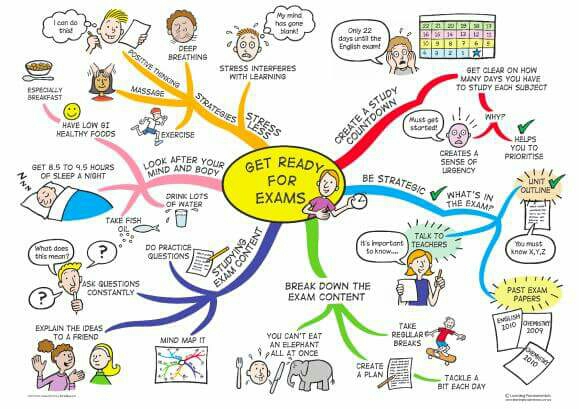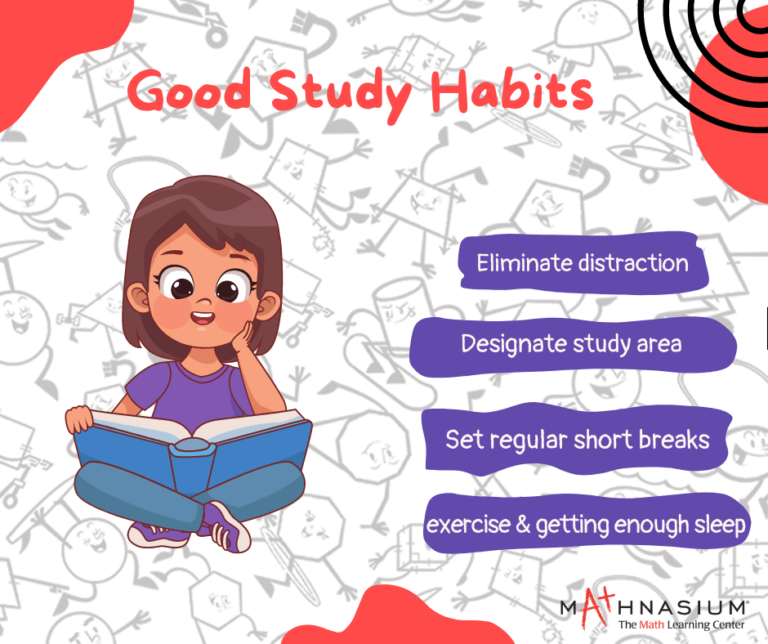Cultivating Resilience in Students: Strategies for Educators
Resilience is a vital life skill that enables individuals to bounce back from adversity, adapt to change, and keep moving forward despite challenges. In the educational context, cultivating resilience in students can lead to improved academic performance, better mental health, and increased overall well-being. This article outlines effective strategies educators can implement to foster resilience among their students.
Understanding Resilience
Definition and Importance
Resilience is defined as the ability to recover quickly from difficulties and adapt to change. In students, resilience can lead to:
- Improved academic outcomes
- Enhanced emotional well-being
- Greater social skills
Understanding the components of resilience helps educators implement targeted strategies to support their students effectively.
Creating a Supportive Classroom Environment
Safe and Inclusive Atmosphere
Creating a classroom environment where students feel safe and valued is fundamental to fostering resilience. Strategies include:
- Establishing Clear Rules: Set clear expectations for behavior to create a structured environment.
- Promoting Inclusivity: Encourage diversity and ensure every student feels respected and included.
Encouraging Positive Relationships
Foster positive relationships among students. Group activities, collaborative projects, and peer mentoring can build trust and camaraderie, essential components of a resilient mindset.
Teaching Problem-Solving Skills
Encouraging Critical Thinking
Teach students how to approach problems systematically. Use real-world scenarios to help them practice identifying problems, brainstorming solutions, and evaluating outcomes.
Emphasizing Process Over Outcome
Encourage students to focus on the learning process rather than solely on the results. This approach helps them understand that mistakes are part of learning and growth.
Encouraging Growth Mindset
Definition and Application
A growth mindset is the belief that abilities and intelligence can be developed through dedication and hard work. To promote this mindset:
- Celebrate Effort: Acknowledge the effort students put into their work, not just the final result.
- Model Growth Mindset Language: Use language that reinforces the idea of learning and growth, such as “You can improve with practice.”
Providing Constructive Feedback
Give feedback that emphasizes improvement and learning opportunities. Focus on how students can develop their skills further rather than just on what they did wrong.
Building Strong Relationships
Teacher-Student Connections
Strong relationships between teachers and students are crucial for building resilience. Strategies include:
- Personal Check-Ins: Take time to connect with students individually and understand their needs and challenges.
- Being Approachable: Make it clear that you are available for support, whether academic or emotional.
Peer Support
Encourage students to support one another. Group discussions and collaborative projects foster peer relationships, helping students learn from each other and build resilience together.
Promoting Self-Regulation and Emotional Intelligence
Teaching Emotional Awareness
Help students recognize and understand their emotions. Activities such as journaling or guided discussions can enhance emotional awareness and regulation.
Providing Coping Strategies
Teach students coping strategies for managing stress and adversity. Techniques might include:
- Breathing Exercises: Simple breathing techniques can help students manage anxiety in high-pressure situations.
- Goal Setting: Encourage students to set achievable goals, helping them stay focused and motivated.
Incorporating Mindfulness Practices
Mindfulness Techniques
Integrate mindfulness practices into the classroom to help students develop resilience. Strategies may include:
- Mindful Breathing: Start or end classes with a few minutes of focused breathing to promote relaxation.
- Guided Visualization: Use visualization techniques to help students manage stress and enhance focus.
Reflection Activities
Encourage students to reflect on their experiences, thoughts, and feelings. Reflection promotes self-awareness and helps students process challenges, leading to greater resilience.
Engaging Families and Communities
Family Involvement
Encourage families to support their children’s resilience-building efforts at home. Provide resources and workshops that help parents understand the importance of resilience and how to foster it.
Community Partnerships
Engage with community organizations that can provide additional support and resources for students. Programs that focus on life skills, mentorship, and social-emotional learning can reinforce resilience outside the classroom.
Conclusion
Cultivating resilience in students is a vital aspect of education that prepares them for the challenges they will face both academically and personally. By creating a supportive environment, teaching problem-solving skills, encouraging a growth mindset, and promoting emotional intelligence, educators can equip students with the tools they need to thrive. As we work together with families and communities, we can foster a generation of resilient individuals who are capable of navigating life’s complexities with confidence and strength.






